Let’s hear it for middle school English teachers. They not only put up with our teenage gawkiness, but there’s no telling how many papers they’ve graded that start like this:
“Merriam-Webster defines…”
While relying on the dictionary definition of your chosen topic can be a cringe-worthy writing crutch, it’s effective for a reason. Defining your topic gives you and your audience clarity and a firm foundation upon which to build. That’s as true for a seventh grade paper on ancient Rome as it is for custom software development.
Does Agile spell easy?
At 27Global, we’re practitioners of Agile methodologies. Compared to the Waterfall approach, kicking off an Agile project can seem simple: It’s just a matter of getting the developers together and waiting two weeks for a demo of work completed in the first sprint. Right?
Not necessarily.
Despite the prevalence of Agile methodologies, software project planning that includes a focused product definition phase is still critically important and can pay huge dividends down the road.
Software development planning from A to Z
IT departments are often stretched thin due to competing priorities. There’s almost never enough staff to launch a new product or enhance an existing one. The last thing you need is for your developers to sit on the sidelines while the PMO or project managers figure out what needs to be done.
Enter Product Definition.
The goal of a more formalized Product Definition phase is to minimize or eliminate re-work, catch all the requirements early, estimate the level of effort correctly, and deliver a unified vision and plan that allows the entire project team to enter into development with confidence. Confidence is a product of planning. Our team has decades of experience building custom software while following a flexible, proven product definition methodology. These are the four critical steps to setting our clients up for a successful product launch:
- Conduct stakeholder interviews to capture your vision for the product. This includes identifying the problem you’re trying to solve as well as your product’s functional needs.
- Create mockups or prototypes, workflows, swim lanes, business rules and domain captures.
- Create a product backlog based on the identified scope. As Agile practitioners, we break the product backlog down into Epic, Feature and Story-level scaffolding.
- Perform an architecture and DevOps review. This will both determine how to best leverage the tech stack and figure out what aspects need to be improved.
Software project planning success
The best consultants can wrap up the product definition phase in six weeks or less. To retain control of what happens next, make sure to end this phase with a completed set of product definition deliverables. Whether you outsource the product build or rely on in-house expertise, defining the product’s “What” and “How” allows you to hit the ground running, avoiding many of the risks of ad hoc development.
Starting work on your next product, road map in hand, should be the norm, not the exception. Careful product definition gives your team the confidence to execute with more precision—a surefire way to spell success.
Don’t doom your custom software development project to failure before it begins. Contact us to learn how 27Global’s consultants, backed by a dedicated SRE, DevOps, architecture and software engineering team can help you define success for your next product launch.
Adam Millican is Senior Consultant in 27Global’s Denver office. Founded in 2008, 27Global designs, builds and operates custom software solutions for businesses of all sizes. The perfect pairing of a local leadership with offshore pricing, 27Global has the business acumen to understand your vision and the expertise to build your software solution. To learn more, visit 27Global.com or connect with us on LinkedIn and Twitter.





